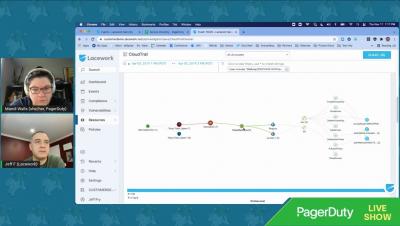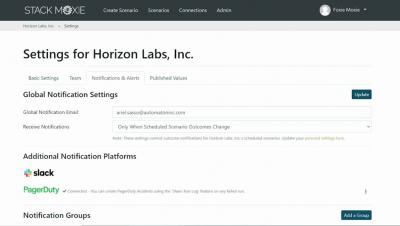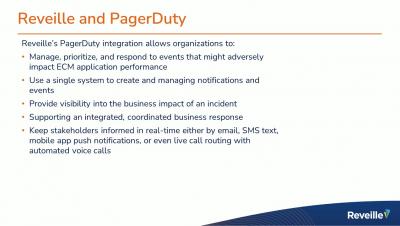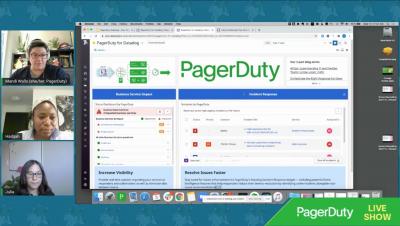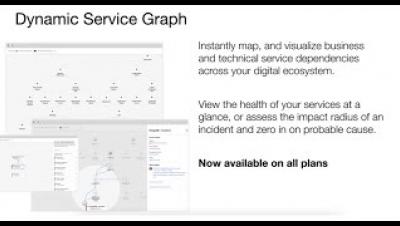PagerDuty for Facilities and Crisis Response
Jason Flint, Senior Manager of Facilities and Crisis Response at PagerDuty joins the stream to chat about how PagerDuty the company uses PagerDuty the platform to meet the needs of an increasingly distributed workforce. His team keeps track of everything from extreme weather events to political unrest that might impact PagerDuty employees.






